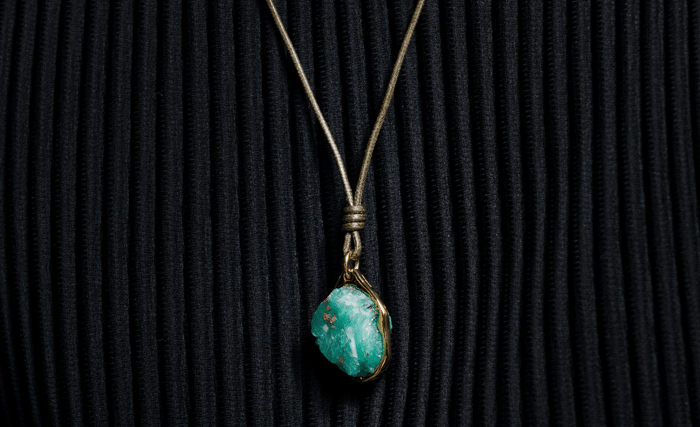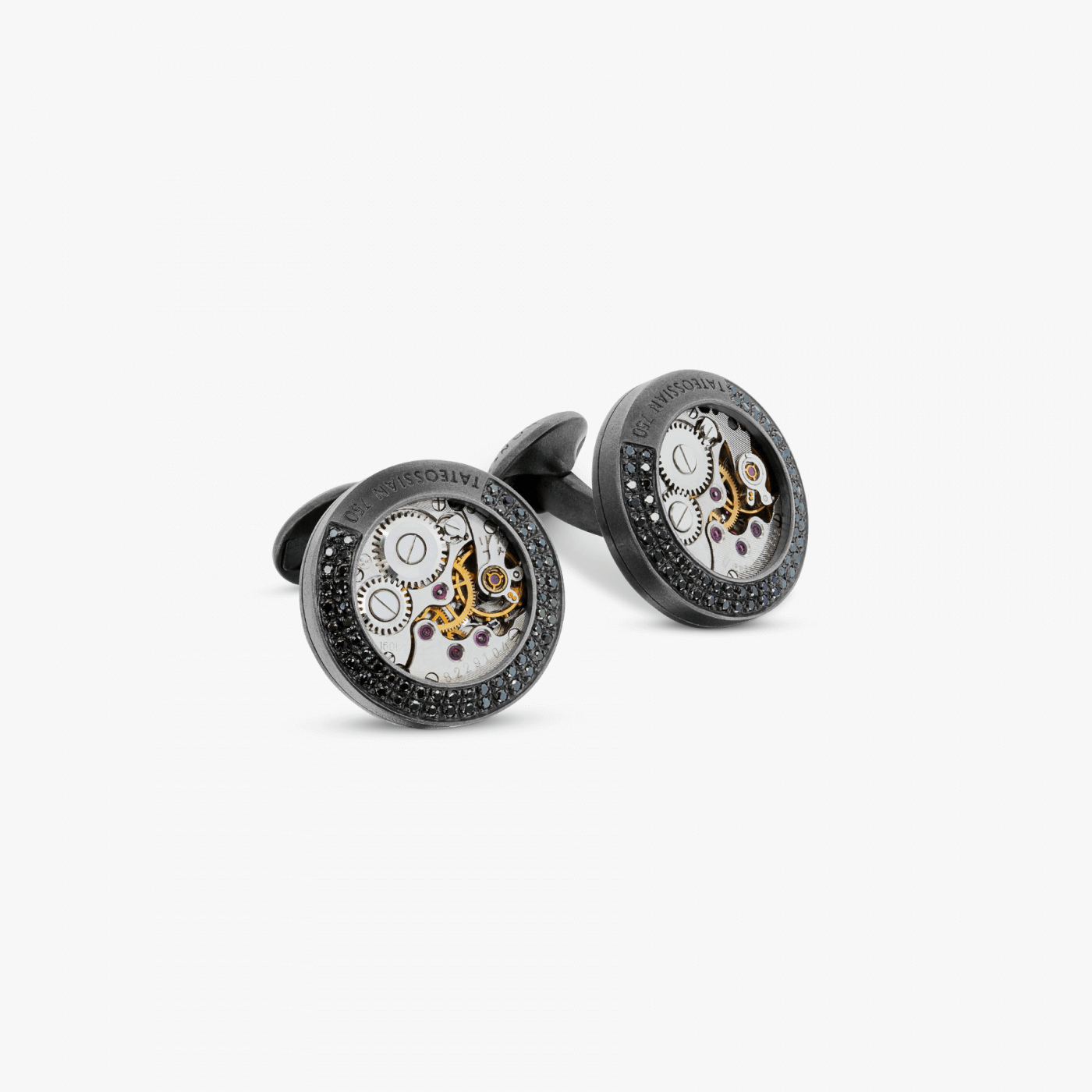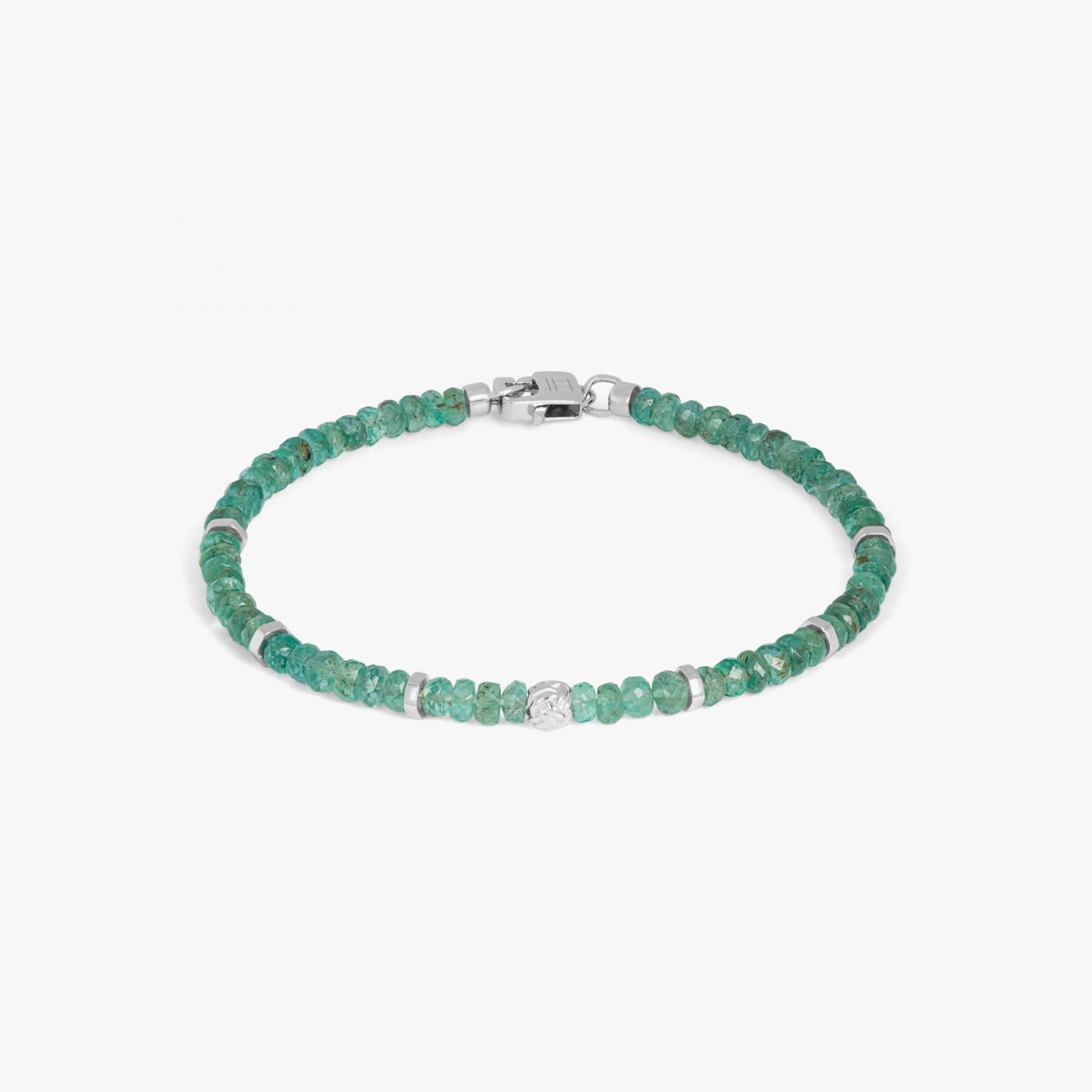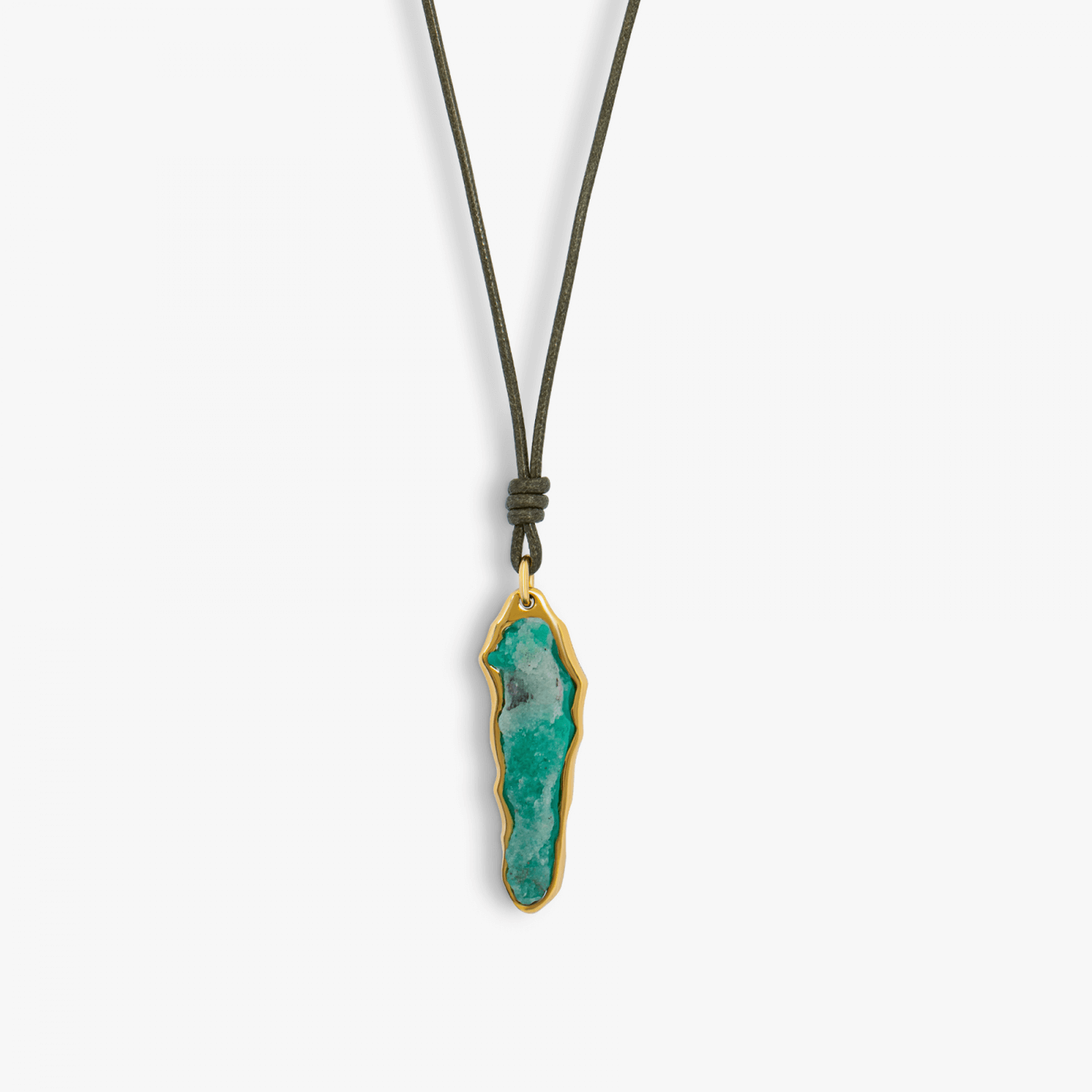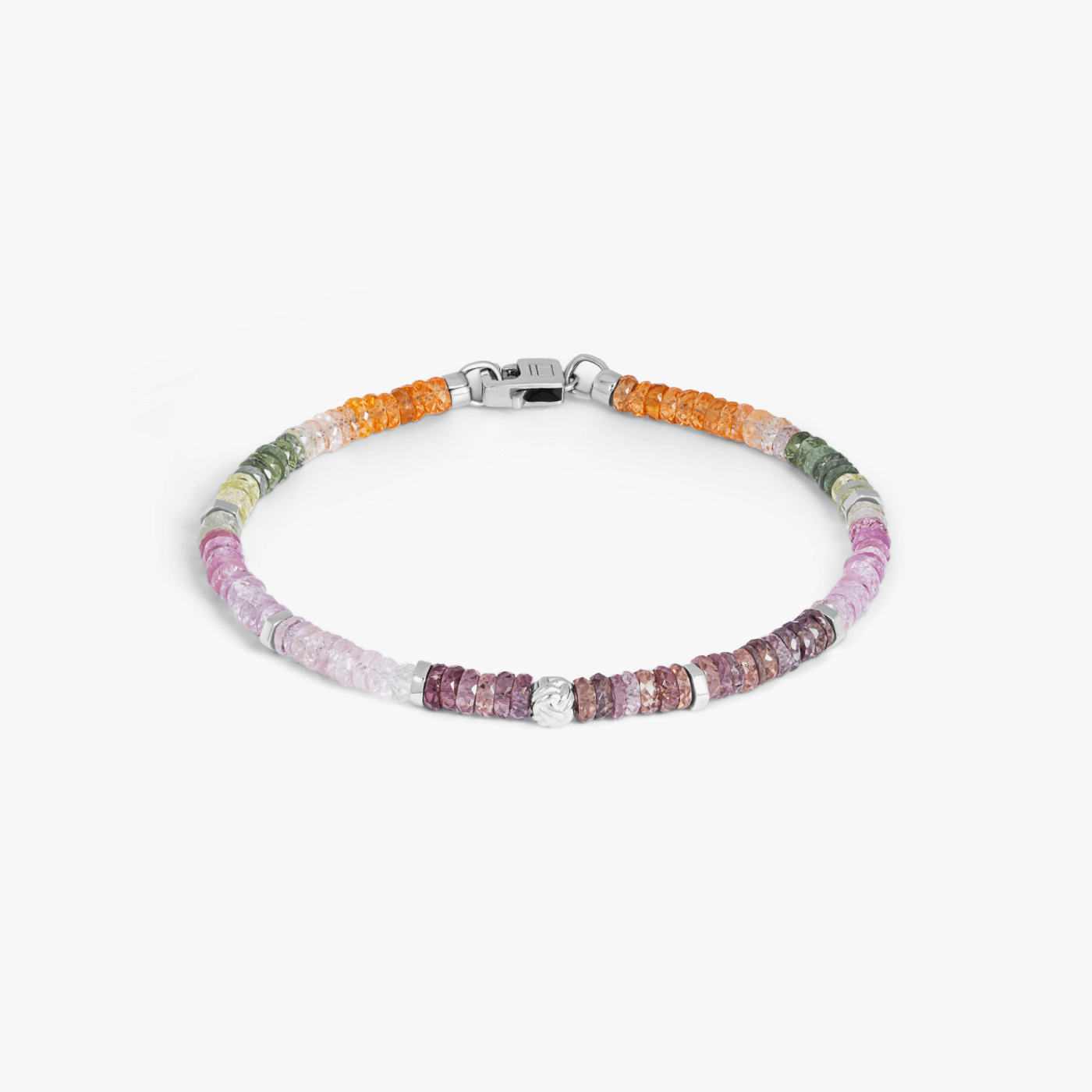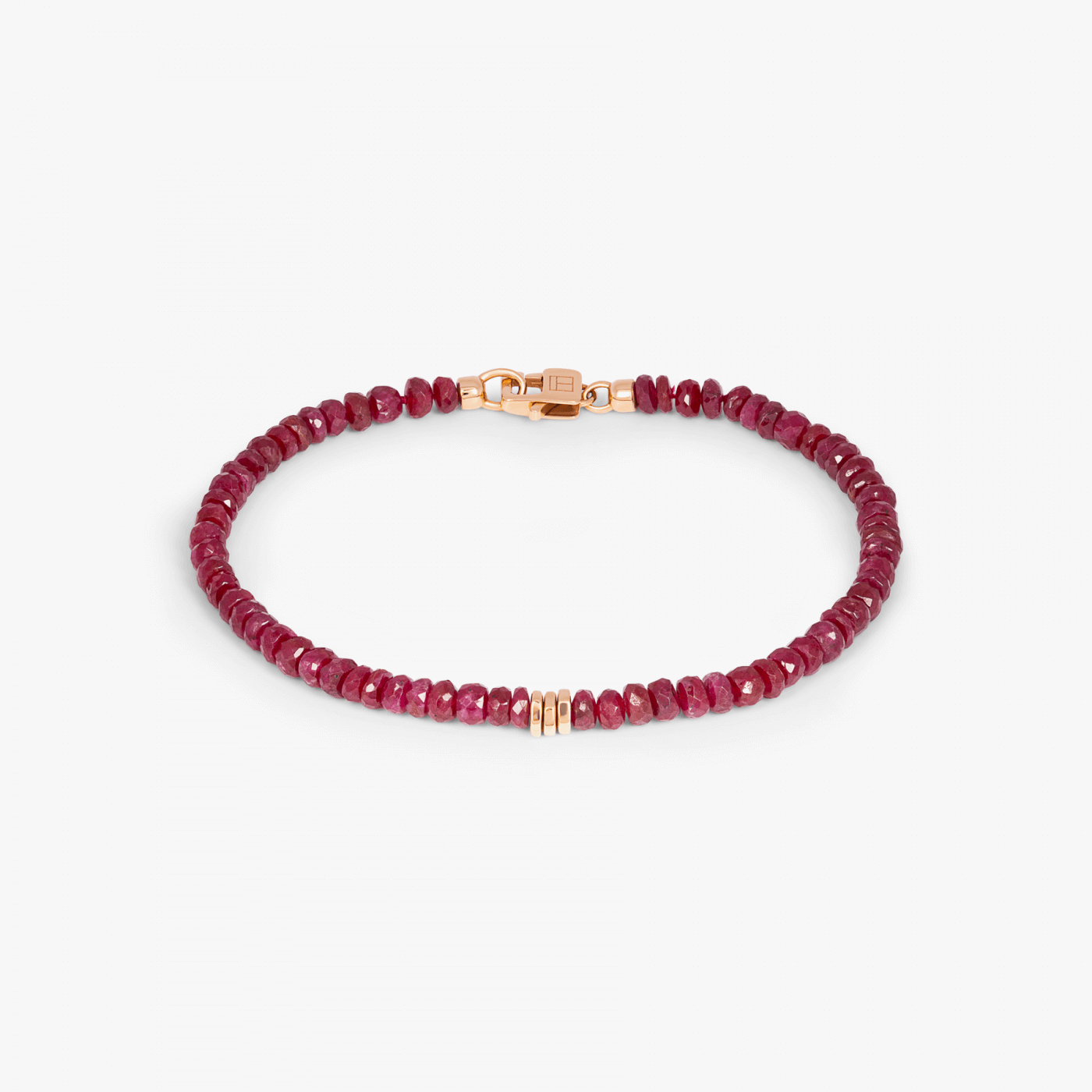They’ve adorned the heads of royalty, the necks of scarlets and the wrists of rockstars, yet they are just as accessible to the everyday person. Precious gemstones have always been seen as a symbol of luxury and class. While trends ebb and flow around them, stones like diamonds, emeralds, sapphires and rubies are untouched by the passing whimsies of a fickle world.
What is a precious gemstone?
The words “diamond, ruby, emerald and sapphire” instantly elicit feelings of opulence. These gemstones are considered the “big four” of the jewelry world. They are classified as precious gemstones while every other rock, mineral or organic matter (like pearls) are semi-precious gemstones.
The classification of precious and semi-precious gems seems quite controversial now. Gems are precious for a varied number of reasons — from personal beliefs to current scarcity. In the 1800s, gemstones were divided into two categories based on their perceived value at the time. Many argue that semi-precious stones are considered “semi” because they lack the hardness of the precious gemstones and are generally more common or less luxurious. This couldn’t be further from the truth. This category lumps together Alexandrite (which could cost up to $70,000 per carat) and the extremely common, but never less appealing, quartz. In truth, these categories mean very little to the modern buyer.
Diamonds
The crowning jewel of the big four. Is there any stone more famous than a diamond? Diamonds were revered as far back as the first century AD. The Roman author and philosopher Pliny captured the appeal of the gem perfectly when he said, “Diamond is the most valuable, not only of precious stones but of all things in this world.” When people think precious, they most likely picture a brilliantly cut diamond with its light-refracting properties. But when people think of diamonds, they don’t often think of India – but it’s this country the world has to thank for introducing us to diamonds.
India’s diamond trade, as some historians believe, was thriving as early as the fourth century BC. The country’s rivers and streams were rich in these precious rocks, providing the wealthy with a new accessory to covet. Merchants seized the opportunity to bring something unseen to their customers. Slowly diamonds roamed along the Silk Road until they reached the caravans that travelled to Venice’s markets. By the 1400s, diamonds were the favoured accessory for the European elite but by the 1700s, India’s diamond supply dwindled. Today, Russia and Botswana hold the world’s largest diamond reserves.
Everyone knows diamonds are a symbol of eternal love, but the birthstone for April has many other legends connected to it. It was said that the points of Cupid’s arrows had diamond tips. The Ancient Greeks believed colourless diamonds were tears of the gods and affected the hearts of mortals. Worn as a talisman, they bought the wearer courage, faith and inner strength.
Diamonds are the classic choice for jewelry. They can be eye-catching while remaining understated. Their hardness coupled with their versatility makes them the ideal gem for daily wear. And with diamonds, more is more.
Most jewellers shudder at the word "inclusions" (fragments of natural imperfections) when discussing these gems. Whereas inclusions are seen as the ruination of a flawless diamond, black diamonds are loved for their inclusions which gives them their dark color. Although a white diamond is the most traditional choice, these stones offer much more in terms of variety. Diamonds can come in a range of colors; the rarest being blue, green, orange and red. But none with the magnetism of a black diamond.
Emeralds
From ancient monarchs to modern royalty, the allure of emeralds has spanned kingdoms. They were first mined in Egypt as early as 330BC. Cleopatra, a fan of using the green gems in her ornamentation, claimed ownership of all the emerald mines during her reign. But more than luxury accessories, ancient Egyptians believed that emeralds were the stones of immortality. Monarchs would be buried with emerald jewels as a way to offer them protection in the afterlife. Across the world, the Muzo Indians of Colombia also realised the importance of this gemstone. They hid their mines so well that it took Spanish conquistadors nearly 20 years to find them. Emeralds are still a beloved accessory today. In 2018, Princess Eugenie loaned the Greville Emerald Kokoshnik Tiara for her wedding.
Pliny once again lent his wisdom to the description of emeralds, saying that “nothing greens greener”. Often associated with new life, the emerald is closely connected with nature and spring because of its rich color. It’s also said to bring the wearer wit, eloquence and foresight. Legends say that an emerald placed under the tongue will help see into the future. But the birthstone of May offers more than symbolic abilities, but physical ones too. Due to their color, emeralds are known to lessen eye strain and stress. The Roman emperor Nero took advantage of this knowledge and sported an extravagant accessory to watch the gladiators fight — a pair of spectacles with flat emeralds as the lenses.
Sapphires
The deep hue of sapphire is so mystical that Ancient Persians believed the world rested upon a pedestal made of sapphire, and thought the sky was a reflection of its brilliant blue color. But blue is only a small fraction of what this stone can offer.
The birthstone for September is admired for the kaleidoscope of colors it comes in, with some even having the ability to change color. Any stone that isn’t the iconic blue is called a “fancy sapphire”. This gem forms in every color, from cheerful yellow to forest green and colourless. The only color that is not classed as a “fancy sapphire” is a red one – this would be considered a ruby! The two stones are both varieties of corundum, making them identical in everything but color. They both have a hardness of 9, second only to a diamond.
Even though sapphires are available in any hue, the traditional royal blue will always be the one associated with authority and power. Kings wore sapphires around their necks as a way to protect themselves against harm. Ancient Persians and Egyptians ground up this precious stone and administered its dust as a medicine. The color blue is often associated with tranquillity, and sapphires are said to provide the same feeling. They’re connected with chastity, piety and truth, promote serenity and are often associated with eternal love. Blue sapphires also hold a connection to the throat chakra and when worn as a necklace, are said to help better express yourself.
Rubies
Ruby red lips— the signature hue of this stone has often been used to describe a color that’s richer than possible. Ruby once again proves that diamonds, while beautiful in their own right, are not the only king of the precious stone world. In fact, the Sanskrit word for ruby is “ratnaraj” which roughly translates to “king of the gems”. Today, top-quality rubies are scarce and cost more per carat than a colorless diamond. Their scarcity often leads buyers to select stones based on their individual characteristics rather than their place of origin. However, Mogok, Myanmar’s legendary “Valley of Rubies”, is the most respected producer of high-quality rubies.
Fiery and intense, rubies capture the heart. July’s birthstone is associated with passion, prosperity and protection. The Bible even links the precious stone with beauty and wisdom. Its deep red shade led early cultures to associate rubies with blood and hold the power of life. Even today, the most sought after color of ruby is called pigeon blood — a bright red hue with a slight tint of purple — reinforcing the powerful nature of this gem. Rubies can also have orange and pink tints in them, and their close relationship with sapphires often causes much debate when it comes to classifying anything with a reddish-pink colour.
How to care for gemstones
Although precious stones are celebrated for their hardness and longevity, they can still fall prey to everyday wear. Taking proper care ensures your precious stones stay scratch-free and increases the longevity of your gems.
When wearing gemstones of any description, the general rule is first off and last on. Chemicals in make-up, perfume, cologne and hairspray can erode the surface of your gemstone jewelry. They should be the final addition to your outfit and then removed when you are finished wearing them. Cleaning your stones regularly can help prevent the build-up that could possibly cloud or damage their surface. Most gems are fine being cleaned with warm water, mild detergent and a soft cloth. Always consult a professional first before cleaning your gemstone jewelry.
Your gemstone jewelry should also be stored responsibly, ideally individually in a soft bag. Storing soft gems (such as pearls) with diamonds will lead to scratches.


